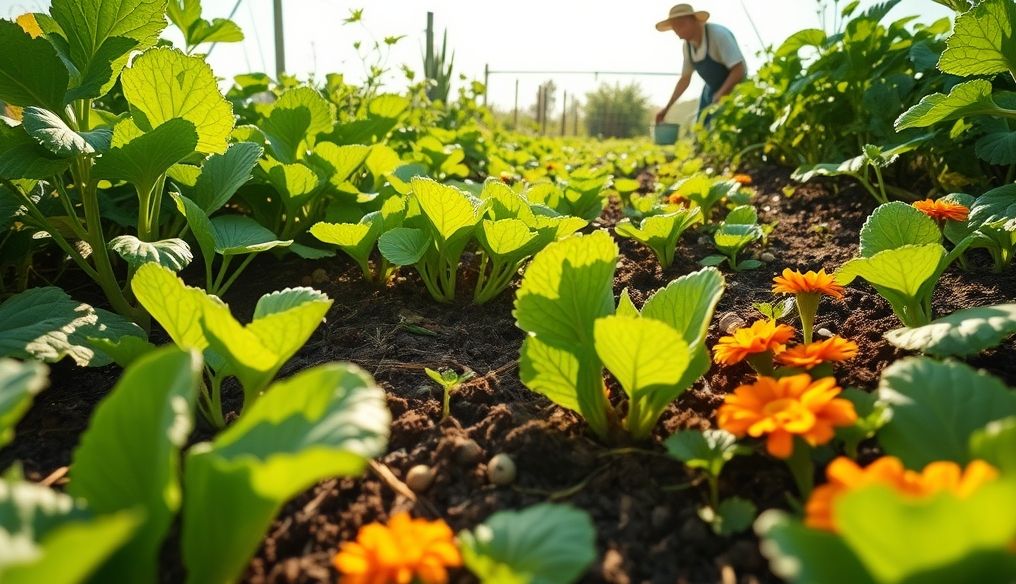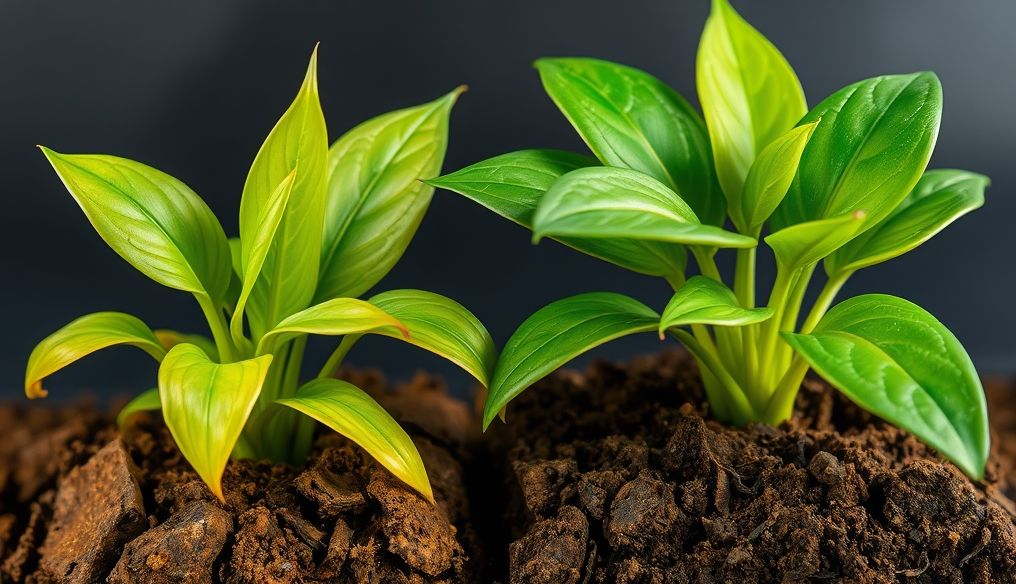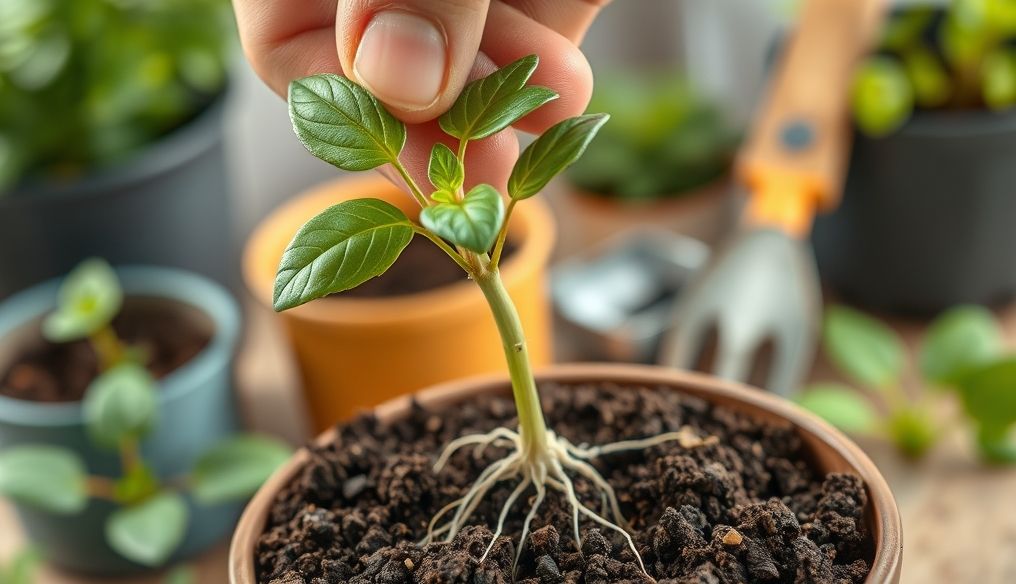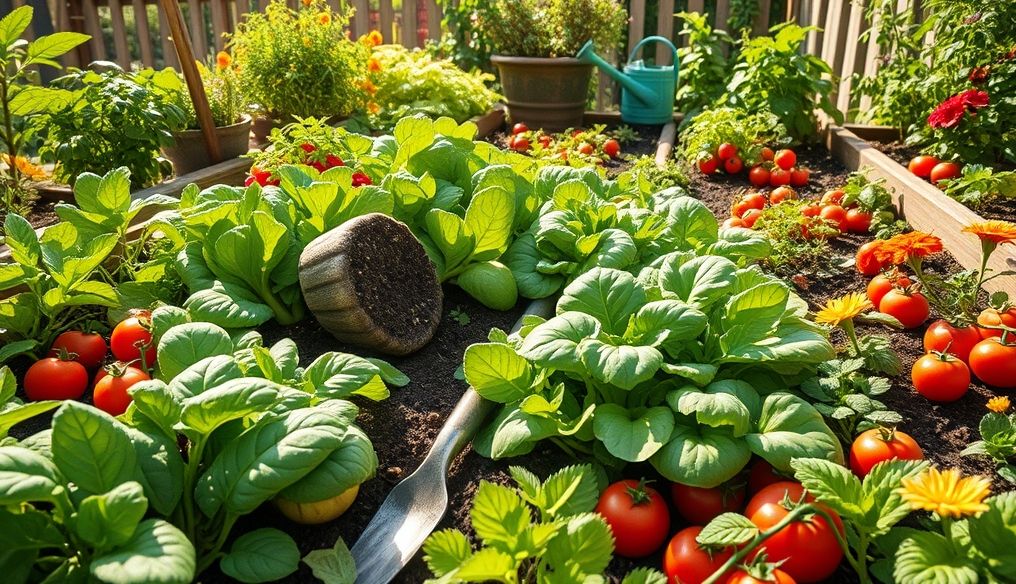Are Chemical Fertilizers Really Harmful to Health and the Environment? What are the Effective Natural Alternatives?
Chemical fertilizers are a cornerstone of modern agriculture, contributing to increased yields and improved crop quality. However, their intensive use raises growing concerns about their potential negative impacts on human health and the environment. In this article, we will delve into the harms of chemical fertilizers and explore natural alternatives that can replace them, focusing on their effectiveness and impact on sustainable agriculture.
Chapter 1: What are Chemical Fertilizers?
Chemical fertilizers are synthetic compounds containing the essential nutrients plants need for growth, such as nitrogen, phosphorus, and potassium (NPK). They are produced in large quantities and widely used in commercial agriculture to compensate for the deficiency of these elements in the soil.
Types of Chemical Fertilizers:
- Nitrogen Fertilizers: Contain nitrogen, essential for leaf and stem growth.
- Phosphate Fertilizers: Contain phosphorus, important for root, flower, and fruit development.
- Potassium Fertilizers: Contain potassium, which helps plants resist diseases and environmental stress.
- Compound Fertilizers: Contain a mixture of nitrogen, phosphorus, and potassium in varying proportions.
Chapter 2: Potential Health Hazards of Chemical Fertilizers
Exposure to chemical fertilizers can pose a risk to human health, whether through consuming contaminated food or direct exposure during their use. Potential health risks include:
Water Contamination:
Chemical fertilizers can leach into groundwater and surface water, leading to contamination with nitrates and phosphates. Drinking water contaminated with nitrates can lead to a condition called "blue baby syndrome" (Methemoglobinemia) in infants, which reduces the blood's ability to carry oxygen.
Soil Contamination:
Excessive use of chemical fertilizers can degrade soil quality and alter its chemical composition. This can lead to increased soil acidity and salt accumulation, reducing its fertility and ability to support plant growth.
Air Pollution:
Some chemical fertilizers can volatilize into the air, leading to air pollution with harmful gases such as ammonia and nitrogen oxides. These gases can contribute to the formation of acid rain and pollute the air we breathe.
Direct Health Effects:
Direct exposure to chemical fertilizers can cause irritation to the skin, eyes, and respiratory system. Some chemical fertilizers may be carcinogenic or cause other long-term health problems.
Chapter 3: Potential Environmental Damage of Chemical Fertilizers
In addition to health effects, chemical fertilizers can cause significant damage to the environment, including:
Impact on Biodiversity:
Water contamination with chemical fertilizers can lead to excessive algae growth (algal blooms), which consumes oxygen in the water and kills fish and other aquatic organisms. This can lead to biodiversity loss and degradation of aquatic ecosystems.
Soil Destruction:
Excessive use of chemical fertilizers can kill beneficial microorganisms in the soil, such as bacteria and fungi, which help improve soil fertility and nutrient cycling. This can lead to soil degradation and loss of its ability to support plant growth.
Greenhouse Gas Emissions:
The production process of chemical fertilizers can contribute to greenhouse gas emissions, such as carbon dioxide and nitrous oxide, which contribute to climate change.
Chapter 4: Natural Alternatives to Chemical Fertilizers
Fortunately, there are many natural alternatives that can replace chemical fertilizers and contribute to sustainable agriculture. These alternatives include:
Compost:
Compost is a nutrient-rich material produced from the decomposition of organic matter, such as food scraps, leaves, and animal manure. Compost can be used to improve soil fertility and provide essential nutrients to plants.
Green Manure:
Green manure involves planting specific crops, such as legumes, and then plowing them into the soil. Legumes help fix nitrogen from the air into the soil, increasing its fertility.
Fallowing:
Fallowing is leaving land uncultivated for a period of time to allow it to recover and restore its fertility. Fallowing can help improve soil structure and increase its organic matter content.
Biofertilizers:
Biofertilizers are products containing beneficial microorganisms, such as bacteria and fungi, that help improve soil fertility and provide nutrients to plants. Biofertilizers include bacterial and fungal fertilizers.
Crop Rotation:
Crop rotation is planting different crops in rotation in the same land. Crop rotation helps improve soil fertility and reduce the spread of pests and diseases.
Chapter 5: Benefits of Using Natural Alternatives
Using natural alternatives to chemical fertilizers offers many benefits, including:
- Improved Soil Health: Natural alternatives help improve soil structure and increase its organic matter content, making it more fertile and able to retain water.
- Reduced Pollution: Natural alternatives reduce water, soil, and air pollution, protecting the health of the environment.
- Enhanced Biodiversity: Natural alternatives help support biodiversity in the soil and surrounding ecosystems.
- Healthier Food Production: Using natural alternatives can lead to the production of healthier and safer food, as it is less likely to be contaminated with harmful chemicals.
- Sustainable Agriculture: Natural alternatives contribute to sustainable agriculture, which aims to meet the needs of the present generation without compromising the ability of future generations to meet their own needs.
Chapter 6: Challenges of Using Natural Alternatives
Despite the many benefits, the use of natural alternatives may face some challenges, including:
- Cost: Some natural alternatives may be more expensive than chemical fertilizers, especially at the beginning.
- Time and Effort: Using natural alternatives may require more time and effort compared to using chemical fertilizers.
- Availability: Some natural alternatives may not be readily available in all areas.
- Results: Noticeable results from natural alternatives may be slower than chemical fertilizers.
Chapter 7: Tips for Applying Natural Alternatives Successfully
To achieve success in using natural alternatives to chemical fertilizers, the following tips can be followed:
- Conduct a Soil Test: Before starting to use any natural alternative, it is important to conduct a soil test to determine its nutrient needs.
- Start Gradually: Natural alternatives can be started gradually, in conjunction with reducing the use of chemical fertilizers.
- Continuous Monitoring: Plants and soil should be monitored regularly to assess the effectiveness of natural alternatives and adjust them as needed.
- Learn from Experiences: You can learn from the experiences of other farmers who use natural alternatives.
- Good Planning: The process of switching to using natural alternatives should be well planned, taking into account the costs, time, and effort required.
Chapter 8: The Future of Sustainable Agriculture
With increasing awareness of the harms of chemical fertilizers and the benefits of natural alternatives, the world is moving towards sustainable agriculture. Sustainable agriculture is a promising solution to meet the growing food needs while preserving human and environmental health. By adopting natural alternatives and applying sustainable agricultural practices, we can build a healthier and more sustainable future for generations to come.
"Sustainable agriculture is an agricultural system that conserves and enhances natural resources, protects the environment, and contributes to human well-being." - Food and Agriculture Organization of the United Nations (FAO)




